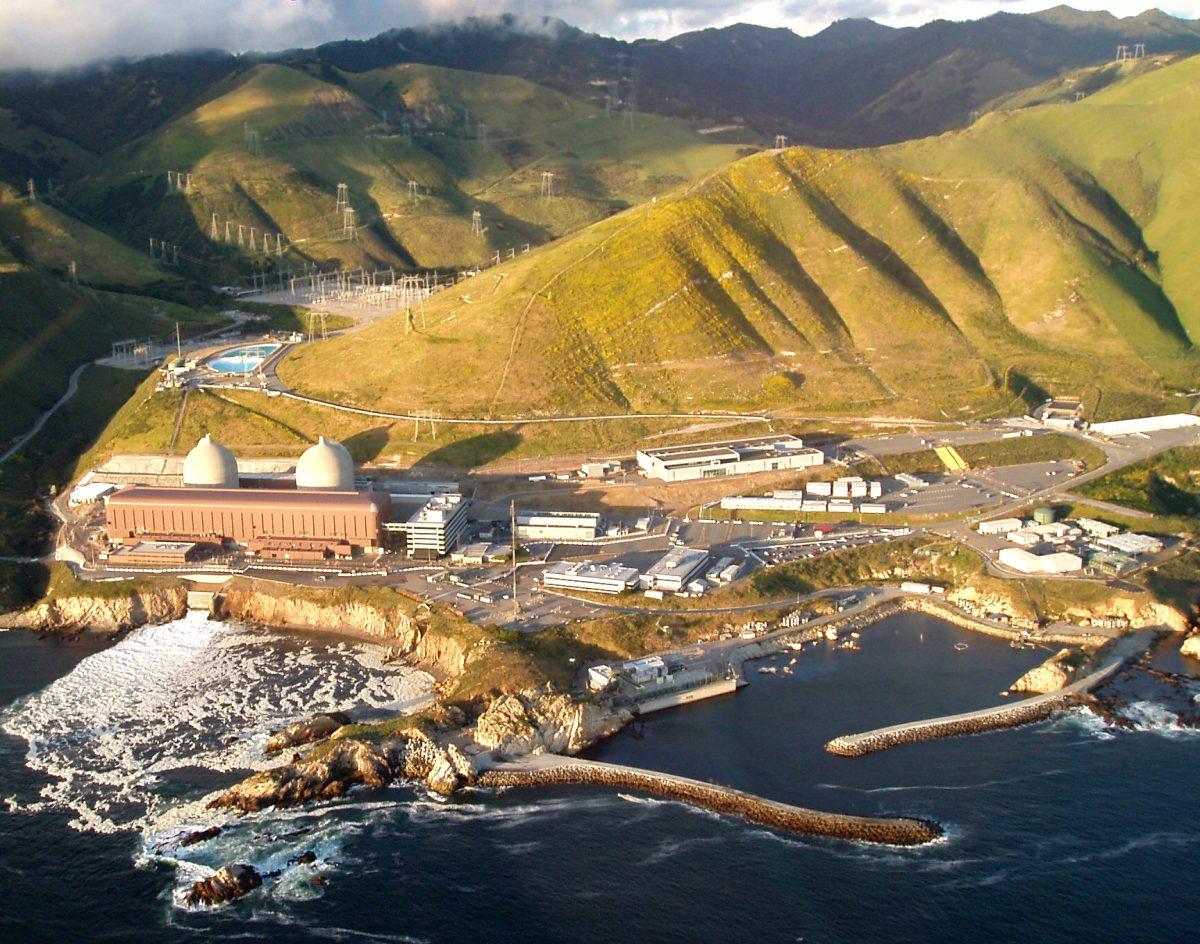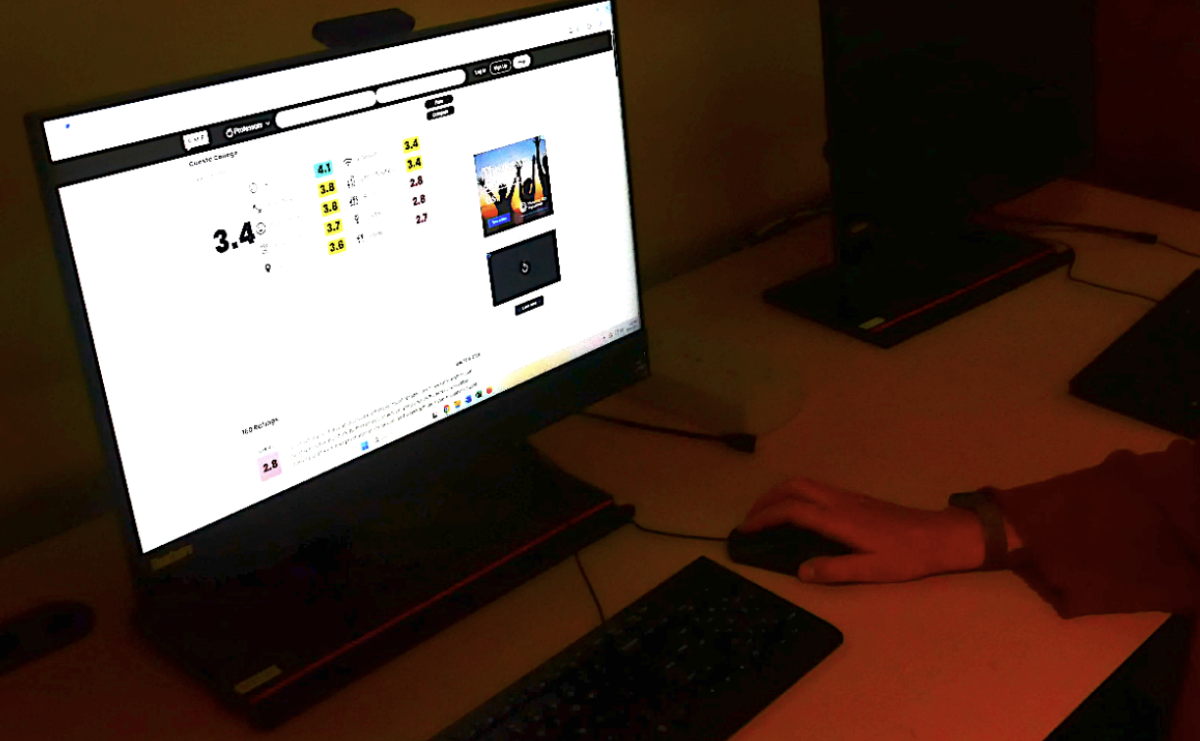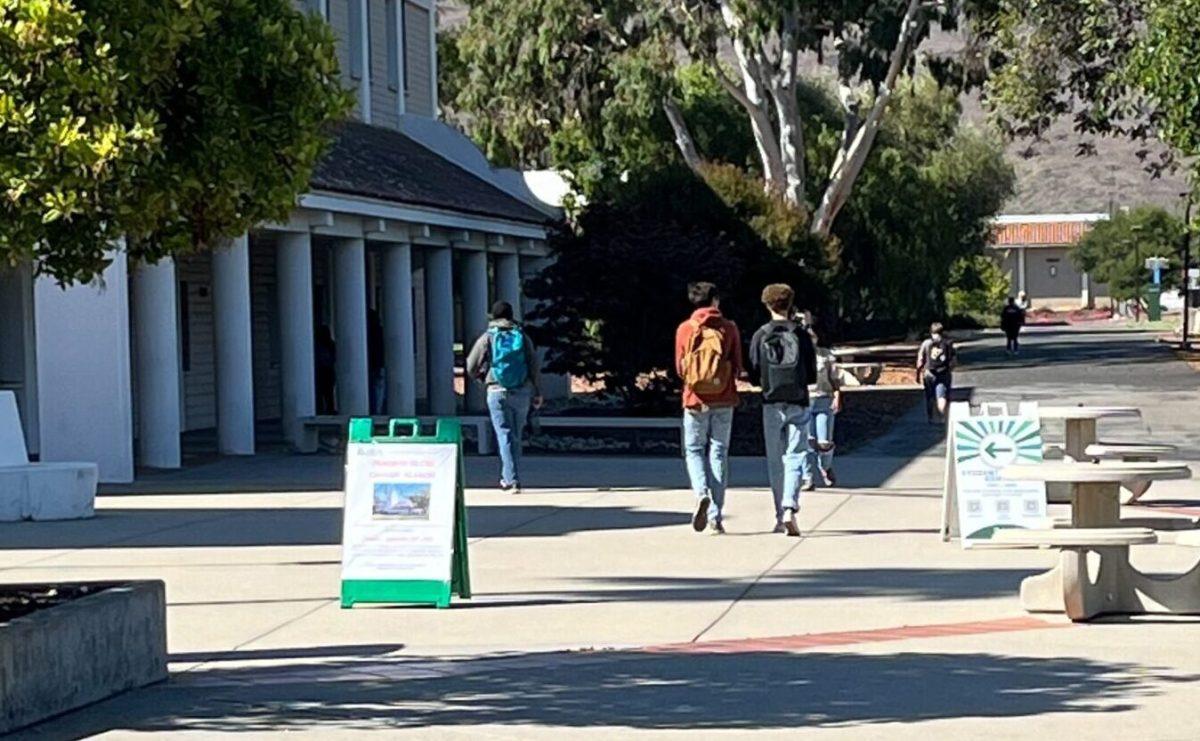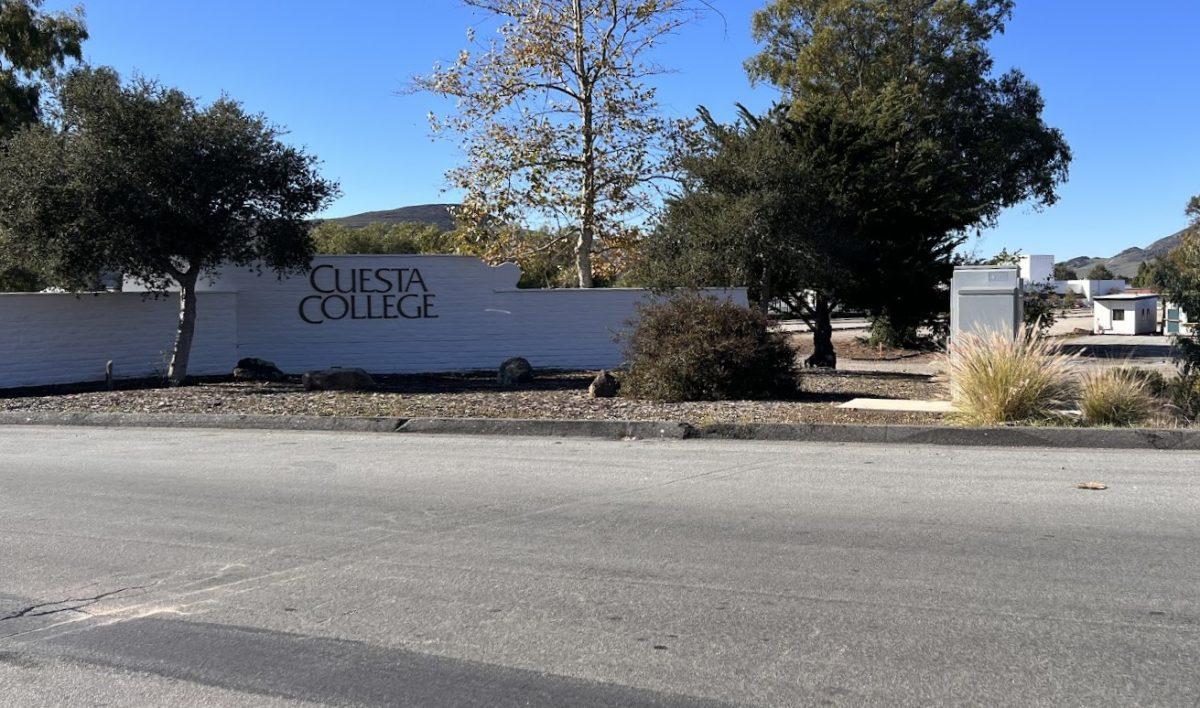Diablo Canyon Power Plant, California’s largest and only operational nuclear power plant, is scheduled to be decommissioned in 2025.
Since its inception, the facility has been a target of environmental protests, including approximately 1,500-2,000 individuals protesting construction work of the plant in 1981.
The plant was built near the Hosgri Fault, a nearby fault line where earthquakes are more likely to occur. This raised concern among San Luis Obispo citizens and the Nuclear Regulatory Commission (NRC) of the potential for seismic core damage.
As it turns out, many of PG&E’s reasons for closing the plant are in fiscal nature. PG&E is having financial troubles due to a series of questionable investments and lawsuits related to the mishandling of safety precautions. See, for example, the Paradise wildfire.
David Weisman, the outreach coordinator of the Alliance for Nuclear Responsibility, talked about why the plant is closing.
“They’re losing customers to community choice,†Weisman said.
Due to consumers getting their electricity from alternative energy sources, like wind or their personal solar collectors, PG&E is losing money by generating from the Diablo Canyon facility. Diablo Canyon costs money to operate. Exact figures are unknown, but estimates are placed at about six cents per kilowatt. And with fewer customers buying its electricity, it’s become more expensive to remain open.
According to Weisman, the average salary for one of the plant’s estimated 24,000 employees is about $157,000.
San Luis Obispo County got $85 million from PG&E as a result of a legislation bill authored by Senator Bill Monning and signed by governor Jerry Brown. SLO County as a whole has already spent all that money, so in order to keep the Diablo Canyon facility running, the county would need to reimburse millions of dollars.
San Luis Obispo will not pay that money back, and will instead receive the benefits of the closing deal rather than keep the plant running.
“So they know, something wrong happens at Diablo, and PG&E is toast along with all its shareholders. All [the main generator] does is produce steam,†Weisman said. “Another part of the plant that has nothing to do with cancer and radiation and explosions, can cripple the entire operation.â€
According to Weisman, PG&E’s final decision to not renew Diablo Canyon’s license comes from the inability to get approval from the California Coastal Commision for a coastal permit to keep using their water. Wesman added that a representative of the Coastal Commission said at a hearing in 2014 that Diablo Canyon was the number one predator for marine life in the region.
The only way that the plant could remain open comes from a proposal by Gavin Newsom. Newsom brought up the idea that PG&E could seek a share of $6 billion of federal funding from the Biden Administration to help nuclear plants in danger of closing.
“There are several problems with the Biden Administration’s plan for a $6 billion bailout of failing nuclear power plants,†said Andrew Christie, director of the Santa Lucia Sierra Club Local Chapter. “As a non-scalable, inflexible power source, nuclear forces the amount of wind and solar energy to be curtailed on the electrical grid. Hence, a $6 billion subsidy for non-economical nuclear plants is $6 billion that is not supporting – and is actually curbing – the development of more solar and wind, and energy efficiency in buildings and appliances.â€
No new nuclear power plants are planned for development in California due to an imposed moratorium issued in 1976 on the construction and licensing of new nuclear fission reactors.






















Mandy • May 19, 2022 at 12:11 am
Great informative article! I always wondered what was going on with that and why it was closing . Very professional writing.
Mandy • May 19, 2022 at 12:06 am
Very informative article! I always wondered why it was closing. Thank you for the details !